Woman, 62, who was conceived via artificial insemination breaks down in tears over the ‘weird big secret’ that her parents used a sperm donor as she recalls how it was viewed as ‘committing adultery’ in the 1950s
A woman conceived with the help of a sperm donor went into shock after discovering the stigma her parents faced over her conception in the late 1950s.
Corrine Armstrong, 62, from Poole, was raised by her mother after her father died of diabetes when she was seven years old.
It was then that Corrine discovered her heritage. After fearing she would inherit her father’s condition, her mother revealed this was unlikely as she is not biologically related to her father.
Now she is one of many people searching for their long-lost relatives in a new ITV documentary, Born From the Same Stranger. At 62 years old, Corrine is the oldest contestant on the show, making it difficult to find information about how she was conceived.
In a spine-tingling episode, Corrine discovered the extent of discrimination against donor conception in the late 1950s, with critics comparing it to adultery, and that she has no fewer than eleven half-brothers and sisters.
Corrine Armstrong (pictured), 62, from Poole, was moved to tears after discovering the stigma of donor conception in the late 1950s
“It’s important for me to do this now after all these years without knowing anything,” Corrine said.
The four-part series follows a British law change that came into effect in 2023 and ended donor anonymity. It means that anyone conceived by donation after 2005 can apply from the age of 18 to find out more details about their identity.
Corrine, who works as a hairdresser, was born in 1960, when the use of sperm donors was still very rare and unregulated, meaning donors in some cases produced hundreds of children.
‘I think my parents were way ahead of their time, I think they thought very modernly. But because it was the late 1950s, it was a big secret,” Corrine said.
“My mother told me it was in a hospital in Exeter, and it was a female gynaecologist, that’s all I really know, but there must be something there,” she said.
In an effort to discover more, Corrine traveled to the Bishopsgate Institute in London to meet with Dr. Caroline Rusterholz, a historian of reproductive health.
‘At the time, artificial insemination was very controversial, some even said it was like adultery,’ Caroline revealed.
She added: ‘There were only six practitioners in Britain carrying out donor-assisted artificial inseminations. One was in Exeter and her name was Margaret Jackson.”
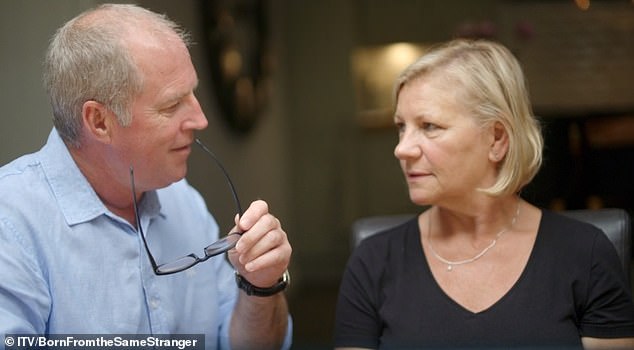
With the support of her husband Sean (left), Corrine decided it was time to find out more about her past
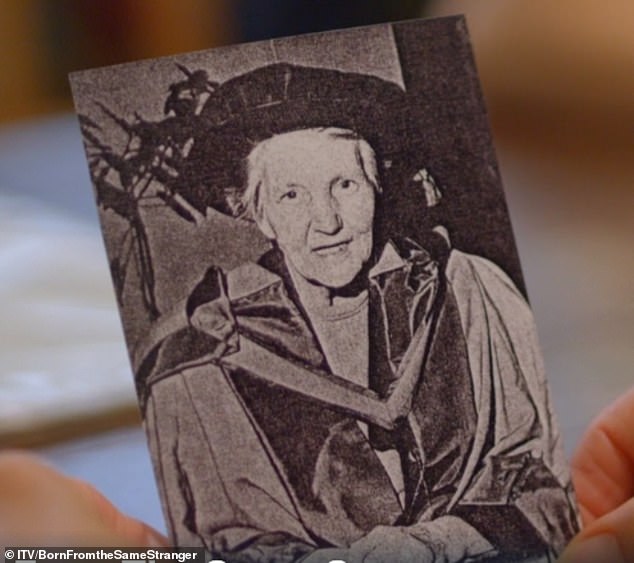
Corrine discovered that Margret Jackson (pictured) was the gynecologist behind her conception in Exeter
Corrine responded, “So it would have been her, that’s great.”
But the news of discrimination against donor-conceived children came as a shock to Corrine and she quickly became emotional.
The pair later explored Corrine’s heritage and delved into the work of Margaret Jackson, who is considered a ‘pioneer’ in fertility treatments and completed more than 300 artificial inseminations.
Although the doctor is almost certain that Corrine’s sperm donor details would have been destroyed, she revealed that he received no money for his services.
“They just wanted to help,” Caroline said.
She added: ‘Margret Jackson used people she knew very well, she had a very small number because it was quite difficult to find a donor.’
Corrine recalled her mother telling her that Margaret was “very kind and gentle.”
“Sorry, it’s just really weird,” she said before wiping away tears.
Meeting Caroline made Corrine want to know more. While the historian couldn’t provide answers about her specific donor, it motivated her search for half-siblings.
“I was overwhelmed by the information I received because there were only a small number of donors, so there will definitely be siblings,” she said.
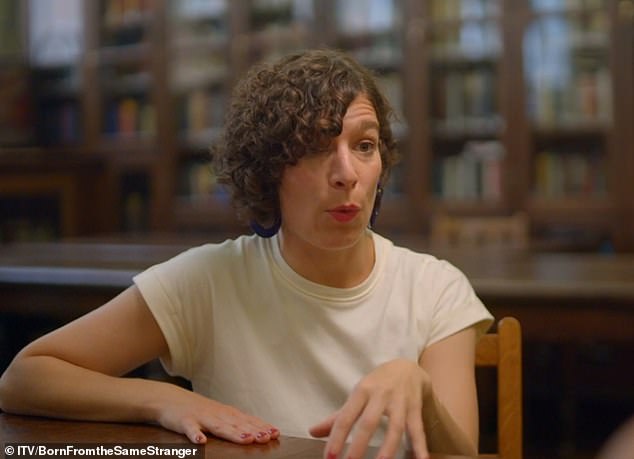
Corrine met with Dr. Caroline Rusterholz, a historian of reproductive health, who revealed that donor conception was previously compared to adultery
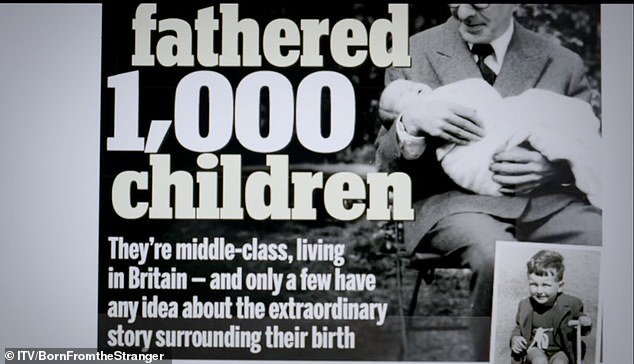
In the late 1950s, the use of a sperm donor was rare and unregulated, meaning that in some cases a single donor would produce hundreds of children
In an attempt to locate paternal half-siblings, Corrine used a DNA ancestry website to find matches.
“I’m curious and a little worried, I just hope there’s something there,” she said.
After the first attempt, Corrine was stunned to discover that she has nine half-siblings.
“Wow, that’s a lot,” she said. “I honestly didn’t think there would be that many,” she added.
Corrine was pleased to discover that some of her potential half-siblings wanted to reciprocate a relationship, and she received messages from some of them.
After discussing the results with her husband, named Sean, she decided she wanted to reach out to her siblings to see what’s next.

Corrine traveled to Exeter to meet her two paternal half-siblings, Scott and Rachel (pictured)
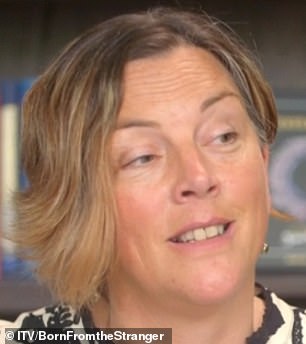
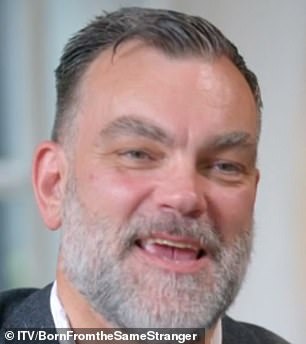
Half-siblings Rachel (left) and Scott (right) traveled to Exeter to meet Corrine, and the trio quickly connected
Corrine arranged to meet in person with two half-siblings, Scott and Rachel.
The trio met in Exeter, the place where they were all conceived.
While Scott, like Corrine, lives in Britain, Rachel traveled from New Zealand specifically to meet her half-siblings.
Rachel and Scott had met the previous year and had previous experience finding siblings, but for Corrine this was a first.
The trio clicked immediately and found similarities both physically and emotionally.
After discussing the DNA websites, Scott revealed two more likely half-siblings for Corrine, whom he found on another website. They joked, “It’s madness.”
Corrine concluded that meeting Rachel and Scott served as a springboard to find more information and form bonds with her half-siblings.
She concluded: ‘I think this is the beginning, we will do more and more research and maybe we will find a connection with our donor.’
